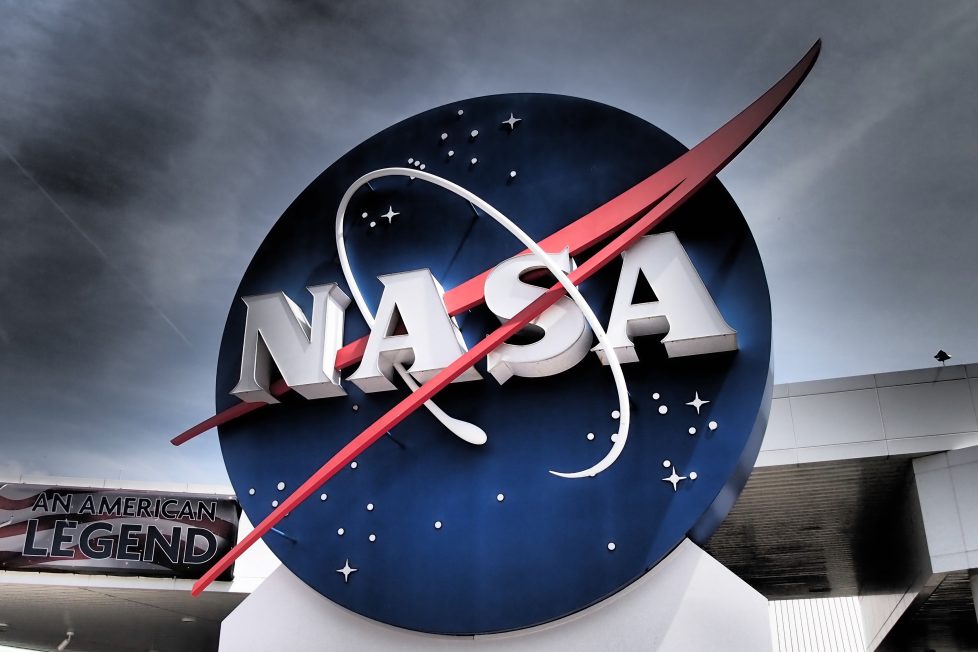Navy captains dont like abandoning shipbut with Starliner, the ship left them

Projecting positivity — Navy captains dont like abandoning shipbut with Starliner, the ship left them “As the commander or pilot of your spacecraft, you dont want to see it go off without you.”
Stephen Clark – Sep 13, 2024 10:40 pm UTC Enlarge / NASA astronauts Butch Wilmore and Suni Williams wave to their families, friends, and NASA officials on their way to the launch pad June 5 to board Boeing’s Starliner spacecraft.Joe Raedle/Getty Images reader comments 79
NASA astronauts Butch Wilmore and Suni Williams are no strangers to time away from their families. Both are retired captains in the US Navy, served in war zones, and are veterans of previous six-month stays on the International Space Station.
When they launched to the space station on Boeing’s Starliner spacecraft on June 5, the astronauts expected to be home in a few weeks, or perhaps a month, at most. Their minimum mission duration was eight days, but NASA was always likely to approve a short extension. Wilmore and Williams were the first astronauts to soar into orbit on Boeing’s Starliner spacecraft, a milestone achieved some seven years later than originally envisioned by Boeing and NASA.
However, the test flight fell short of all of its objectives. Wilmore and Williams are now a little more than three months into what has become an eight-month mission on the station. The Starliner spacecraft was beset by problems, culminating in a decision last month by NASA officials to send the capsule back to Earth without the two astronauts. Rather than coming home on Starliner, Wilmore and Williams will return to Earth in February on a SpaceX Dragon spacecraft. Grateful for options
On Friday, the two astronauts spoke with reporters for the first time since NASA decided they would stay in orbit until early 2025.
It was trying at times,” Wilmore said. “There were some tough times all the way through. Certainly, as the commander or pilot of your spacecraft, you dont want to see it go off without you, but thats where we wound up.”
Both astronauts are veteran Navy test pilots and have previous flights on space shuttles and Russian Soyuz spacecraft. Captains never want to abandon ship, but that’s not what happened with Starliner. Instead, their ship left them.
Williams said she and Wilmore watched Starliner’s departure from the space station from the lab’s multi-window cupola module last week. They kept busy with several tasks, such as monitoring the undocking and managing the space station’s systems during the dynamic phase of the departure.
We were watching our spaceship fly away at that point in time,” Williams said. “I think its good we had some extra activities. Of course, were very knowledgeable about Starliner, so it was obvious what was happening at each moment.
NASA’s top managers did not have enough confidence in Starliner’s safety after five thrusters temporarily failed as the spacecraft approached the space station in June. They weren’t ready to risk the lives of the two astronauts on Starliner when engineers weren’t convinced the same thrusters, or more, would function as needed during the trip home.
It turned out the suspect thrusters on Starliner worked after it departed the space station and headed for reentry on September 6. One thruster on Starliner’s crew moduledifferent in design from the thrusters that previously had troublefailed on the return journey. Investigating this issue is something Boeing and NASA engineers will add to their to-do list before the next Starliner flight, alongside the earlier problems of overheating thrusters and helium leaks.
Its a very risky business, and things do not always turn out the way you want,” Wilmore said. “Every single test flight, especially a first flight of a spacecraft or aircraft thats ever occurred, has found issues… 90 percent of our training is preparing for the unexpected, and sometimes the actual unexpected goes beyond what you even think could happen.” Page: 1 2 Next → reader comments 79 Stephen Clark Stephen Clark is a space reporter at Ars Technica, covering private space companies and the worlds space agencies. Stephen writes about the nexus of technology, science, policy, and business on and off the planet. Advertisement Channel Ars Technica ← Previous story Next story → Related Stories Today on Ars
